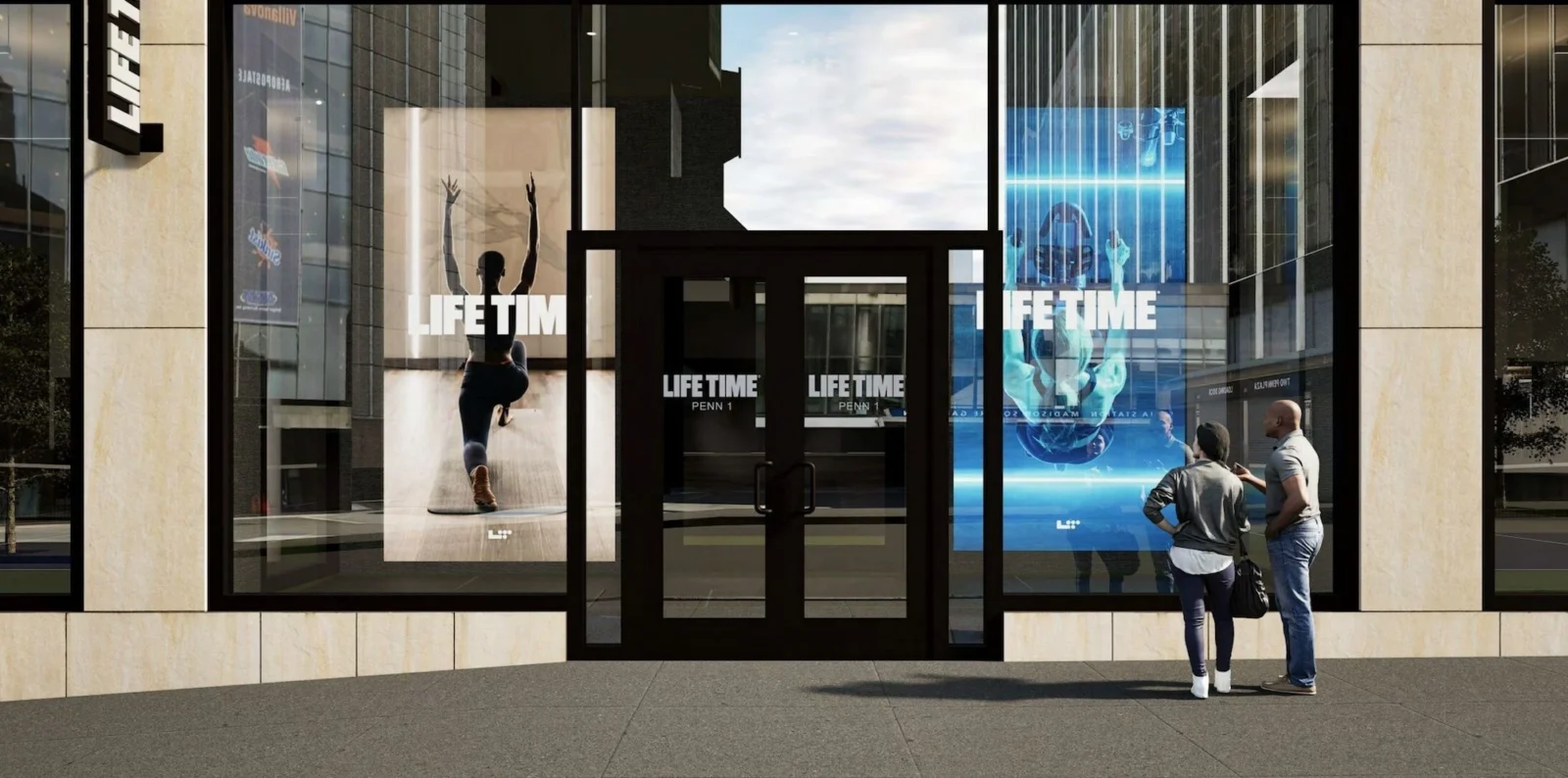Life Time, Jeff Zwiefel See Big Future for Miora, GLP-1s

This article is part of ATN’s DISRUPT 2024 video series, featuring can’t-miss conversations with the biggest executives in fitness and wellness. To watch DISRUPT content, click here
Life Time made headlines around a year ago when it launched Miora, a longevity and performance clinic that gives Life Time members access to medical guidance, personal trainers and services including bloodwork, recovery therapies and GLP-1 weight-loss drugs.
The launch of Miora marked a turning point for the fitness industry’s embrace of the longevity movement. Since then, brands including Equinox and Fitness SF have launched similar services, while gym and health club operators across the country tout the promises of an era where fitness, lifestyle and healthcare converge.
Jeff Zwiefel, the longtime former chief operating officer and president of Life Time who now runs the Miora program, sat down with Athletech News founder and CEO Edward Hertzman during the DISRUPT 2024 video series to share his thoughts on the program’s progress around 12 months after its launch.
Here are some key takeaways from their conversation.
The Rise of Longevity & Preventive Care
Zwiefel said Life Time created Miora to democratize access to health-optimization services that were once reserved for the “uber-rich.”
“The consumer, now more than ever, is interested in optimal health; they’re interested in looking good, feeling great, and living longer, better,” he noted. “And there wasn’t a viable, trusted solution on a national basis (that was) out there. … We felt like we could be a tremendous one-stop-shop solution for our customers.”
Miora members first get their bloodwork taken to measure over 90 biomarkers. Based on those results, medical and fitness specialists recommend a personalized combination of longevity, weight loss and performance protocols. Services include IV therapy, peptides, red-light therapy, aesthetic treatments and GLP-1s, among other options.
The initial bloodwork for a Miora subscription runs between $400 and $800, and then a recurring monthly membership costs between $149 and $249. That’s not cheap, but it’s significantly more affordable than a personalized longevity program used to be, Zwiefel noted.
“One of our objectives was to make this accessible to the masses (and) make this available to our customers at a price point that they can afford,” he said.
While Miora leverages MDs and nurses, Zwiefel was quick to point out that the Life Time clinic isn’t meant to replace the doctor’s office. Instead, it’s meant to help “take people beyond neutral,” prioritizing preventive care in a way traditional American healthcare doesn’t.
“We’re not looking to provide sick care, we’re not looking to provide treatment of disease,” Zwiefel said. “We’re looking to try to provide health optimization. We’re trying to help consumers look better, feel better, perform better.”
GLP-1s as a Massive Fitness Opportunity
On the subject of GLP-1s, Zwiefel noted he was originally skeptical of the weight-loss wonder drugs but became convinced of their value and efficacy after digging into the research.
“The power … in creating hope for customers that have failed in their weight-loss journeys countless times is an amazing opportunity,” he said.
Zwiefel is a firm believer that the rise of GLP-1s will be a positive force for the fitness industry over the long term by encouraging more people to join gyms and health clubs, or just work out in general.
A recent report from investment banking firm Harrison Co. estimated that the total addressable market for U.S. fitness clubs is expected to increase by $6.8 billion as a result of more people taking GLP-1s.
“There’s no doubt that I think this is going to enlarge the segment of people working out,” Zwiefel said, although he noted that it’s incumbent on the fitness industry to ensure it’s creating a welcoming and safe environment for members taking weight-loss drugs.
“We’re at an inflection point within the health club industry, I would argue, to be at the center of this conversation” around GLP-1s, he added.
Life Time Eyes Miora Expansion
Miora is still in pilot mode – Life Time’s flagship Target Center location in Minneapolis, Minnesota, is the only club that currently offers the clinic. But Zwiefel told ATN that the test is going well so far, and that Life Time is planning to expand the clinic to more of its locations across the United States.
“We’re now at the stage where we are planning to roll out hub-and-spoke destinations across the other 180-plus lifetime locations,” Zwiefel said.
Life Time’s planned nationwide rollout of Miora will be methodical, involving coordination with state laws and regulations as well as partnerships with local medical providers in select markets, Zwiefel noted.
“We’re going to continue to thoughtfully roll Miora out in a very pragmatic and impactful way, but making sure that we continue to maintain the right quality as we scale – and consistency,” he said.
To watch Zwiefel’s interview in full, click here.



